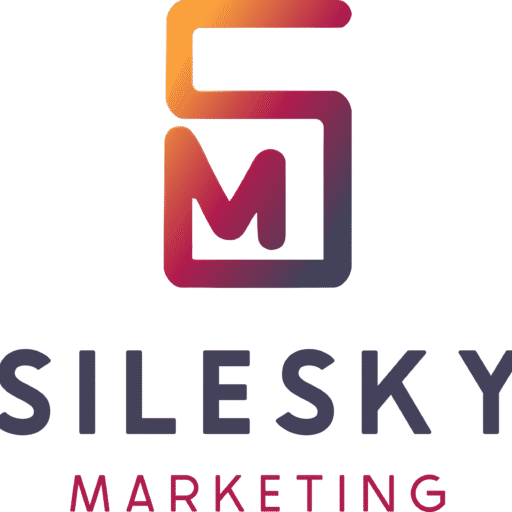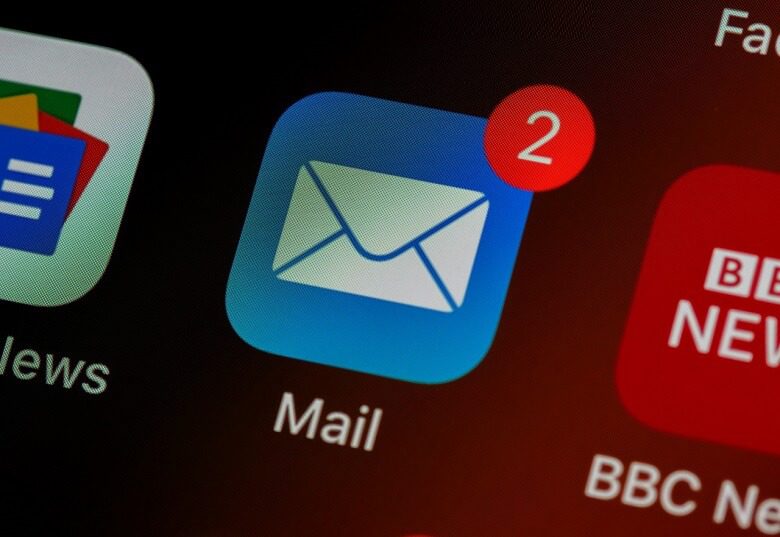Managing online interactions in today’s fast-paced digital world can often feel overwhelming. This is particularly true when you’re swamped with a backlog of comments and messages. For a marketing firm, it’s crucial to maintain a strong online presence and actively engage with your audience. Yet, there are moments when prompt responses become a challenge, leading to delays that can span days, weeks, or even months. To manage delayed responses effectively, mastering the art of not ignoring, but prioritizing, becomes essential. This method allows you to prioritize, organize, and respond in a way that maintains your relationship with your audience while ensuring your team’s workload remains manageable.
Understanding the Dynamics of Delayed Responses
When it comes to managing online interactions, understanding the dynamics of delayed responses is key. While timely engagement is ideal, there are instances where circumstances prevent immediate replies. These may include high volume messages, team capacity constraints, or strategic timing for certain responses. Acknowledging these factors is essential to adopting an effective approach to handling delayed comments and messages.
Moreover, delayed responses can sometimes offer a fresh perspective. By taking a step back and allowing time for reflection, you can provide more thoughtful and nuanced replies. This approach can lead to deeper conversations and meaningful engagements with your audience. It contributes to stronger relationships over time. Additionally, delayed responses can also be an opportunity to showcase your expertise and provide comprehensive solutions to complex inquiries.
The Importance of Transparency
Transparency is paramount when addressing delayed responses. Being honest with your audience about the reasons behind the delay builds trust and fosters understanding. Clearly communicate any challenges or operational constraints that led to the delayed response. This demonstrates accountability and shows that you value open communication with your audience.
Furthermore, transparency extends beyond just explaining the delay. It also involves setting realistic expectations for future interactions. By communicating response timelines or turnaround times proactively, you manage expectations effectively and reduce potential frustrations. This proactive approach to transparency creates a more positive experience for your audience, even in cases of delayed responses.
Prioritizing Responses
Not all comments and messages require immediate attention. Prioritizing responses based on relevance, urgency, and impact can help streamline the process. Focus on addressing inquiries, feedback, or issues that have the most significant impact on your audience or business objectives. By prioritizing strategically, you can allocate resources more efficiently and ensure timely responses to critical matters.
Additionally, prioritization can involve leveraging data and analytics to identify trends or patterns in audience interactions. This data-driven approach enables you to prioritize responses based on the potential impact on your brand reputation or customer satisfaction. By combining strategic prioritization with data insights, you can optimize your response strategy and deliver meaningful engagements to your audience.
Crafting Thoughtful Responses
While delayed, responses should never feel rushed or haphazard. Take the time to craft thoughtful and meaningful replies that address the concerns or inquiries raised. Personalize your responses where possible to show genuine engagement and empathy. Incorporate relevant information, solutions, or follow-up actions to add value to the interaction despite the delay.
Moreover, crafting thoughtful responses involves active listening and understanding the underlying sentiments of the comments or messages received. By empathizing with your audience and addressing their needs comprehensively, you demonstrate a commitment to customer satisfaction and relationship building. Thoughtful responses also contribute to positive word-of-mouth and brand advocacy among your audience.
Leveraging Automation and Templates
Incorporating automation and templates can be instrumental in managing delayed responses effectively. Use automated tools to categorize and prioritize messages based on predefined criteria. Create response templates for common inquiries or feedback, ensuring consistency and accuracy in your replies. However, maintain a balance by personalizing responses when needed to avoid sounding robotic or impersonal.
Furthermore, automation can extend beyond just responses to include proactive engagement strategies. Set up automated reminders for follow-ups or scheduled check-ins with your audience. Leverage chatbots or AI-driven tools to handle routine queries, freeing up human resources for more complex interactions. By leveraging automation intelligently, you can enhance efficiency without compromising the quality of your responses.
Setting Expectations Moving Forward
Managing delayed responses is an ongoing process, and setting clear expectations moving forward is essential. Communicate revised response timelines or turnaround times based on your capacity and operational dynamics. Encourage proactive engagement from your audience by providing alternative channels or resources for urgent matters. Establishing realistic expectations fosters a positive interaction experience despite delays.
Moreover, setting expectations involves continuous feedback loops with your audience. Solicit feedback on response times and communication channels to identify areas for improvement. Implement iterative changes based on feedback received to enhance the overall responsiveness of your brand. By involving your audience in the process, you demonstrate a commitment to continuous improvement and customer-centricity.
Embracing Continuous Improvement
In addition to setting expectations, embracing continuous improvement is vital in managing delayed responses effectively. Regularly review and refine your response processes based on performance metrics and feedback. Identify bottlenecks or areas of inefficiency and implement solutions to streamline the response workflow. Continuous improvement ensures that your response strategy remains agile and adaptive to evolving audience needs.
Furthermore, continuous improvement extends to training and development initiatives for your team. Invest in ongoing training programs to enhance communication skills, empathy, and problem-solving abilities. Empower your team with the tools and resources needed to handle diverse interactions effectively. By fostering a culture of continuous improvement, you create a responsive and customer-focused environment within your organization.
Conclusion
In conclusion, the art of ignoring is not about neglecting your audience but rather about adopting a strategic approach to managing delayed responses effectively. By understanding the dynamics, prioritizing, maintaining transparency, crafting thoughtful replies, leveraging automation, setting clear expectations, and embracing continuous improvement, you can navigate delayed interactions with professionalism and efficiency. Remember, timely responses are ideal, but managing delayed replies with tact and transparency can enhance your brand’s credibility and strengthen audience relationships.





